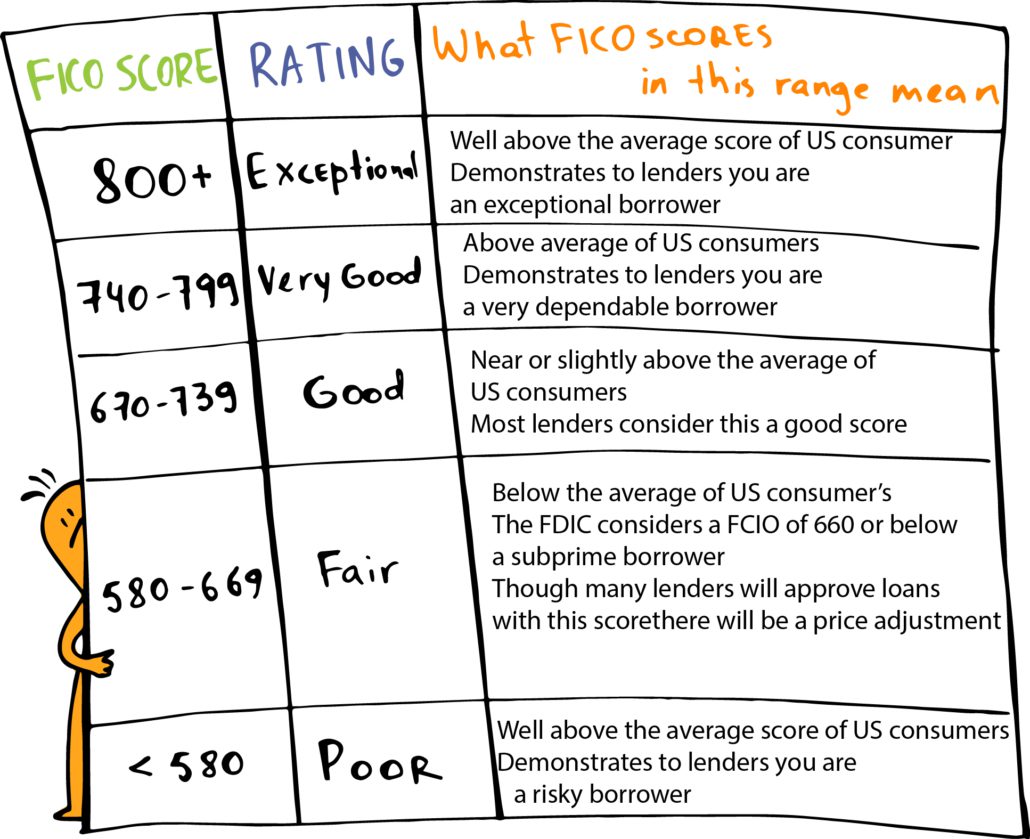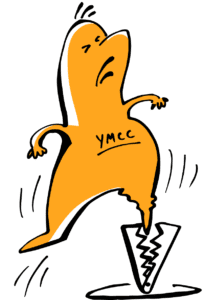How a HELOC Works
Categories: Credit Tips, Financial Terms, HELOC
Today we are going to discuss how a HELOC works. First and foremost, a Home Equity Line of Credit (HELOC) is like having a credit card tied to your house. Let’s break it down!
First, What is a HELOC?
To say it another way, a HELOC is a loan where your home acts as the collateral. Therefore, you borrow money against the equity you have built in your home.
Second, How Does It Work?
- Equity Check: First, you need equity in your home. To clarify, equity is the difference between what your home is worth and what you owe on your mortgage.
- Apply for a HELOC: You apply for a HELOC with a lender. They not only look at your home’s value, but your mortgage balance, and your credit score as well.
- Get Approved: Once approved, you get a credit limit. However, this is the maximum amount you can borrow.
- Draw Period: More importantly, you can borrow from your HELOC during the draw period, usually 5-10 years. During this time you only pay interest on what you borrow.
- Repayment Period: After the draw period, you enter the repayment period, usually 10-20 years. You pay back what you borrowed plus interest.
Third, Why Use a HELOC?
- Flexibility: Borrow what you need, when you need it.
- Lower Interest Rates: HELOCs often have lower interest rates than credit cards.
- Tax Benefits: Interest may be tax-deductible.
Finally, Things to Remember
- Variable Interest Rates: HELOCs usually have variable rates, which means they can go up or down.
- Fees: There can be fees for setting up a HELOC, annual fees, and closing costs.
- Risk: If you can’t pay back the HELOC, you risk losing your home.
HELOC vs. Home Equity Loan
- HELOC: Works like a credit card with a limit you can borrow against.
- Home Equity Loan: You get a lump sum of money and repay it over a fixed term.
Example
Imagine you have a home worth $200,000 and owe $100,000 on your mortgage. Your equity is $100,000. A lender might offer you a HELOC with a limit of $80,000. You can borrow against this limit as needed, pay it back, and borrow again.
Final Thoughts
A HELOC can be a great tool for homeowners needing extra funds. It offers both flexibility and lower rates, however, it’s important to understand the risks. Always read the fine print and consider talking to a financial advisor.
Contact Us Today!
Do you need help navigating your financial future? Contact us today!

 What is the 90-Day Challenge? Simply put, it’s when we pick an activity we love to do and stick with it for 30, 60, or 90 days.
What is the 90-Day Challenge? Simply put, it’s when we pick an activity we love to do and stick with it for 30, 60, or 90 days.

